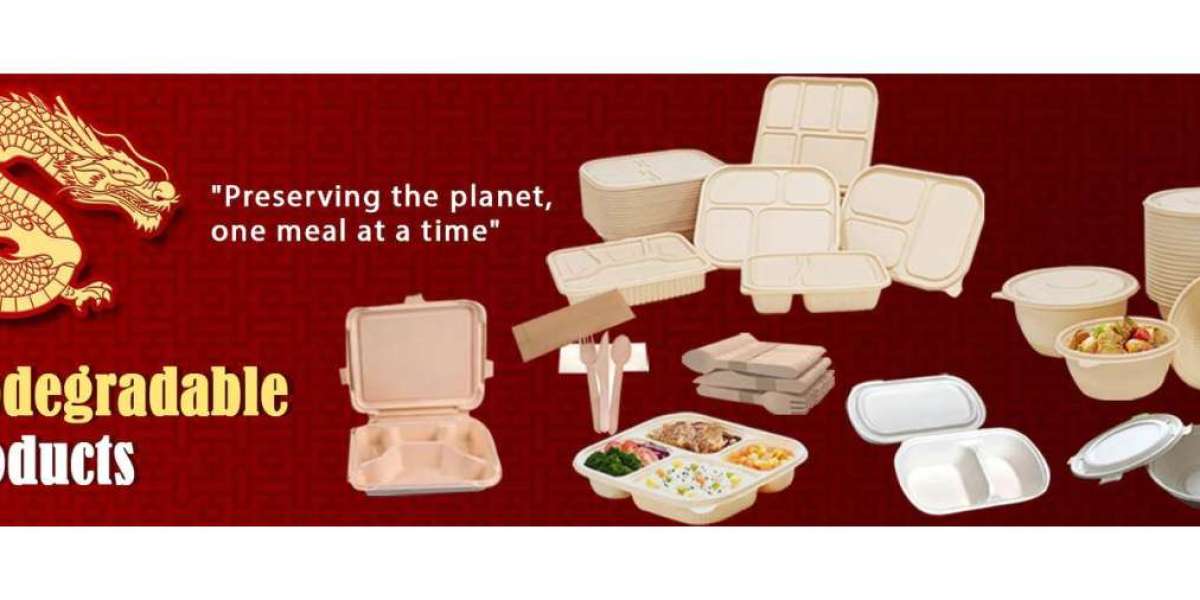In a world increasingly conscious of environmental impact, the spotlight is turning towards sustainable alternatives. One such innovation gaining momentum is Sugarcane Bagasse Biodegradable Packaging. This eco-friendly packaging solution not only addresses environmental concerns but also offers a range of benefits for businesses and consumers alike.
1. The Essence of Sugarcane Bagasse
Sugarcane bagasse, a byproduct of sugar production, is often overlooked. However, its potential as a sustainable resource is immense. Derived from the fibrous residue left after extracting juice from sugarcane, bagasse proves to be an excellent raw material for packaging.
2. Environmental Advantages
Biodegradability stands as the flagship feature of sugarcane bagasse packaging. Unlike traditional packaging materials that linger in landfills for centuries, bagasse products decompose naturally, leaving behind no harmful residues. This significantly contributes to reducing the burden on the environment and minimizes the carbon footprint associated with packaging waste.
3. Versatility in Applications
The adaptability of sugarcane bagasse packaging is a key factor driving its popularity across various industries. From food packaging to disposable containers and tableware, this eco-friendly material proves its versatility. Businesses can seamlessly integrate bagasse packaging into their operations without compromising on quality or functionality.
4. Meeting Regulatory Standards
As governments worldwide tighten regulations on single-use plastics and non-biodegradable materials, the demand for sustainable alternatives is escalating. Sugarcane bagasse packaging aligns with these evolving standards, positioning businesses to stay compliant while contributing to a greener future.
5. Durability and Functionality
Contrary to misconceptions about eco-friendly materials being less durable, sugarcane bagasse packaging stands tall in terms of strength and functionality. It offers a sturdy and reliable option for packaging without compromising on performance, ensuring that products remain secure during transportation and storage.
6. Consumer Appeal and Market Trends
The modern consumer is increasingly eco-conscious, making sustainable choices a significant factor in purchasing decisions. Businesses adopting sugarcane bagasse packaging not only cater to this growing demand but also enhance their brand image by showcasing a commitment to environmental responsibility. Keeping up with market trends, therefore, becomes a strategic move for long-term success.
7. Production Efficiency and Cost Considerations
The production of sugarcane bagasse packaging is not only environmentally friendly but also economically viable. As the raw material is a byproduct of the sugar industry, its utilization for packaging reduces waste and contributes to a circular economy. Businesses can benefit from cost efficiencies while actively participating in sustainable practices.
8. Challenges and Innovation Opportunities
While sugarcane bagasse packaging presents numerous advantages, challenges such as moisture resistance and limited insulation capabilities need addressing. These challenges, however, open the door to innovation. Ongoing research and development are focused on enhancing the material's properties to overcome these limitations, ensuring continuous improvement in the realm of sustainable packaging.
Conclusion: Embracing a Greener Tomorrow
Sugarcane bagasse biodegradable packaging emerges as a beacon of hope in the quest for sustainable alternatives. Businesses, regulators, and consumers are recognizing the pivotal role it plays in mitigating environmental impact. As we collectively navigate towards a greener tomorrow, embracing innovations like sugarcane bagasse packaging becomes an integral part of shaping a more sustainable and eco-conscious world.







